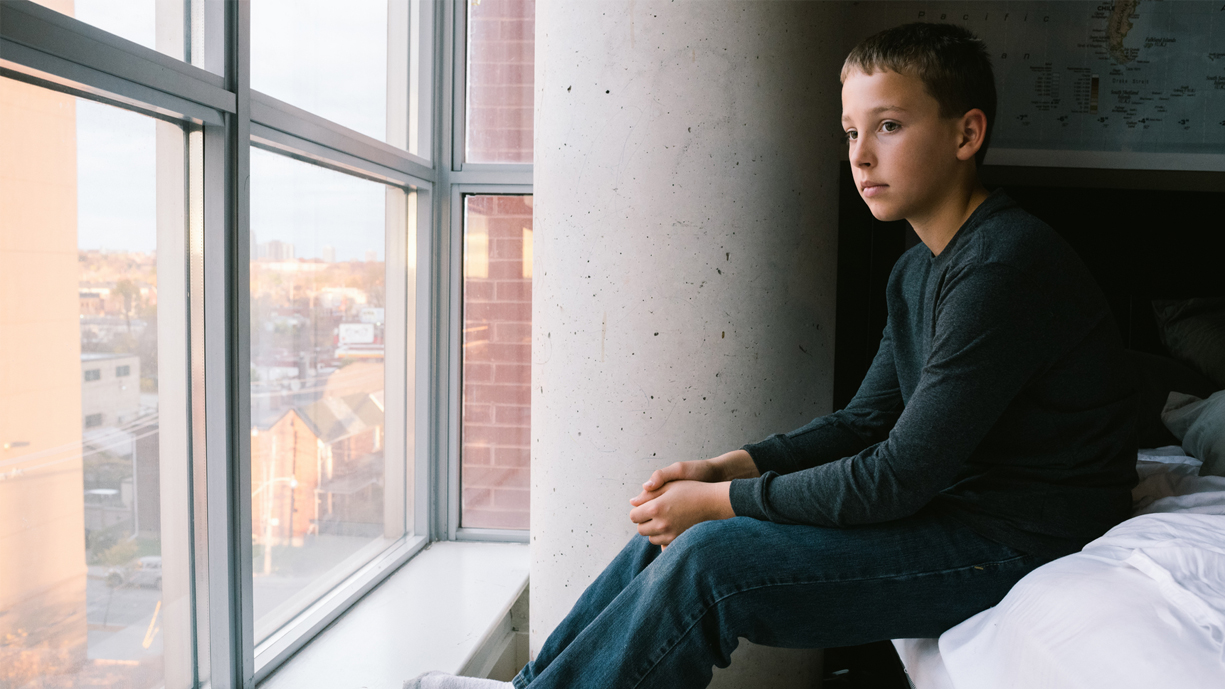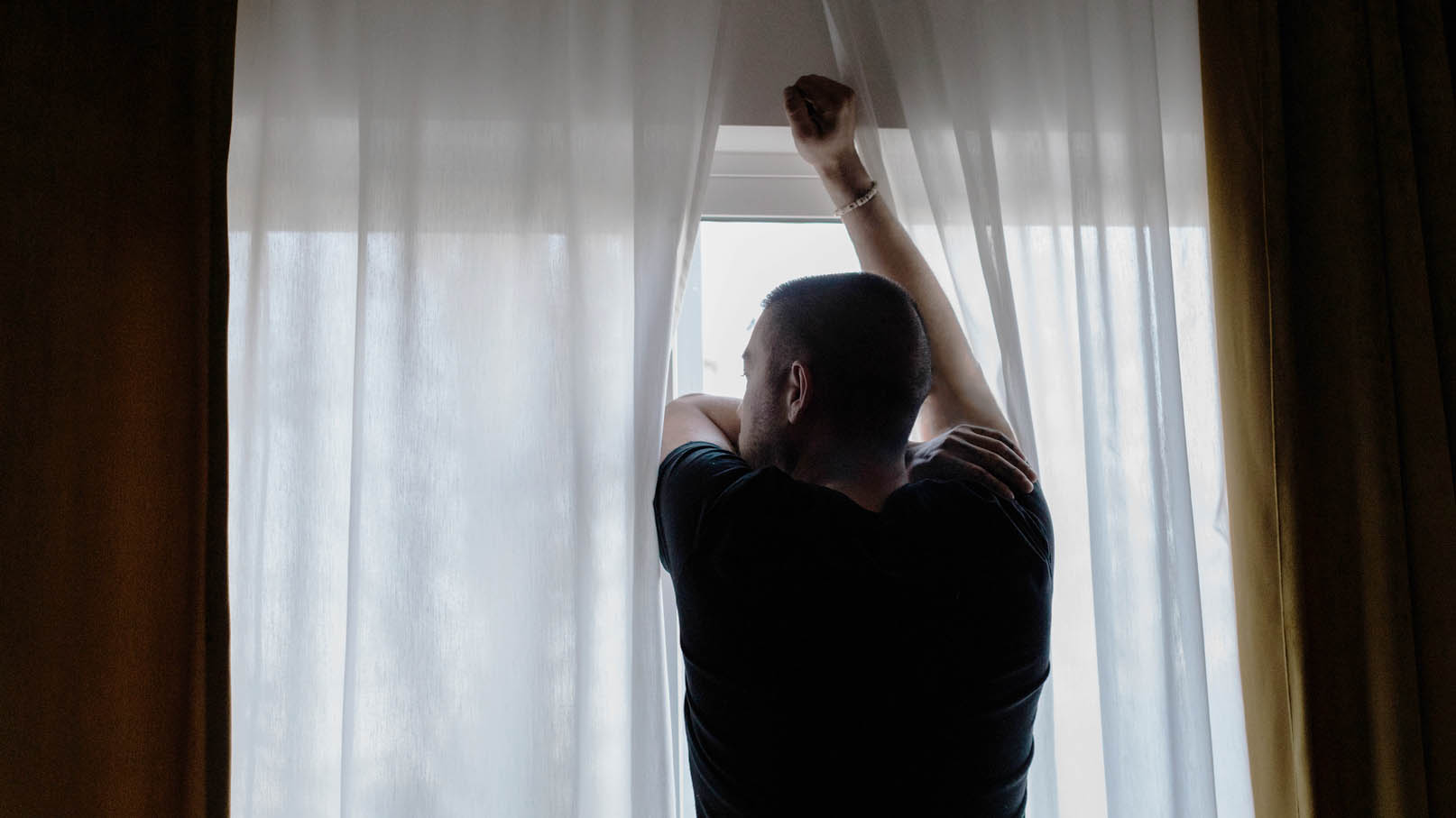Overcoming hurdles
While the daily hurdles faced by five, ten, and fifteen-year-olds are completely different, all of these young people have one thing in common: As soon as they successfully overcome one obstacle, there’s a new one waiting. With infants and toddlers, these hurdles are usually obvious. They learn to stand independently at the age of one, walk at the age of two, and build a tower of blocks at the age of three. Pediatricians refer to these as “developmental milestones,” while proud parents call them “firsts.” [1] The older a child gets, the less obvious the hurdles become. By the time a child hits puberty, some are barely evident to outsiders. But the hurdles are still there. Instead of physical and linguistic skills, mental and social challenges now come to the fore: Making friends. Developing an individual identity. Finding a role in society [2].
Generally speaking, being lonely is not the same thing as being alone. Children can be completely happy playing alone for hours on end. Loneliness, on the other hand, is a negative feeling that develops when we don’t feel connected to fellow human beings. This can affect children too [3, 4].
When children are lonely
Thanks to their enormous potential for development, children are good at overcoming periods of loneliness. However, some things can make it difficult for them. For example, young children struggle to put their needs into words. Even older children and adolescents haven’t fully developed their self-perception and personality, which means their ability to properly process their own thoughts and negative emotions is still limited. When it comes to finding a way out of loneliness, the ability to “turn your gaze inward” is very important. Unlike adults, children usually have no previous experience with feeling lonely, so they can’t compare current experiences with past situations. They don’t know which tools can help or that loneliness will disappear with time.Another thing that makes loneliness in children different is, unlike most adults, children have little control over their environment. Their families, schools, and peer groups are relatively rigid systems in early life. Under ideal circumstances, these systems are good for children and provide them with support and stability. However, the opposite can quickly become the case. If this happens, children don’t have the same freedom as adults to take time out or benefit from a complete change of scenery. Unlike childhood illnesses such as an ear infection or chickenpox, loneliness is not an official diagnosis with clearly defined symptoms. For parents, teachers, and doctors, there is neither a checklist nor a handbook[4, 5]. In children experiencing social isolation and loneliness, the list of possible symptoms and behaviors is long: gloominess, withdrawal, sadness and sorrow, irritability, mood changes, difficulty interacting or playing with other children, falling behind with schoolwork, sleep disturbances, wetting the bed, performance or separation anxiety, and physical symptoms such as headaches and tummy aches. All or only some of these symptoms may occur, depending on the specific situation and child. Regardless, the signs of isolation or loneliness must always be taken seriously [5, 6, 7].More than just lonely
Temporary periods of loneliness are usually nothing to worry about. As with all psychological and emotional complaints, problems only arise when loneliness causes significant distress or lasts for a long time. In many cases, there may be a clear trigger for persistent feelings of loneliness in children. These triggers include conflicts within a child’s family, strokes of fate such as separation or death of parents, and hostility or exclusion by peers [5, 8].On average, almost 10% of children in grades 6 to 12 say they have been bullied at school, during school activities, or on the way to school. The incidence of bullying on social media is even higher. Bullying makes children feel attacked and excluded. School anxiety, feelings of loneliness, or even depression can often result [8 to 11]. There is also a relationship between depression and loneliness. Loneliness increases the risk of depression, and depression increases the risk of loneliness. The incidence of depression increases with age. One in ten teenagers experiences depression and just under 15% of 14 to 15-year-olds report that they have had suicidal thoughts [12, 13]. Symptoms such as irritable mood, social withdrawal, sadness, loss of interest, changes in appetite, sleep problems, fatigue, and low self-esteem should therefore be taken very seriously in all children and adolescents [14].Children with chronic diseases also have a higher risk of experiencing social isolation and loneliness. Affected children sometimes blame themselves for their illness and view the differences between themselves and other children as insurmountable. At the same time, they have to take considerable responsibility for their own health at an early age. This is an enormous burden to carry [15].What can help, and when?
In general, growing up poses significant challenges for children that are often enough to cause feelings of loneliness in children and adolescents.Fortunately, these feelings are usually temporary and disappear on their own. Parents can help their children by actively inquiring about their concerns and needs, taking them seriously, and always being there for them. Even if being there for them sometimes just means giving them space. Since every child is different and will develop different goals and interests, there is no “one size fits all” solution – a fact that most parents, but also experts, are all too aware of. We all have our own personalities, interests, and basic human needs [16].
The good news is most children manage to successfully navigate their developmental milestones no matter what life may throw at them.
At Data4Life, we develop digital solutions that make health data researchable and promote evidence-based medicine.
As a non-profit organization, we handle health data ethically and responsibly.
Our vision is a world in which health data is comprehensively, digitally and securely available for research. And thus significantly improve the prevention, diagnosis and treatment of diseases.
Let´s make the world a healthier place!
The contents of this article reflect the current scientific status at the time of publication and were written to the best of our knowledge. Nevertheless, the article does not replace medical advice and diagnosis. If you have any questions, consult your general practitioner.
Originally published on







